Most people have this vision of science that usually includes people in white lab coats, working in a lab with beakers bubbling away or peering into a microscope.

Some scientists may work that way, but on the WISSARD project we have a lot of really big equipment that is being used to collect data. Instead of looking into microscopes our scientists spent Saturday moving pieces of pipe and boxes of lead weights – not the normal picture of a scientist at work. Unfortunately I didn’t get pictures of pipe being moved because I was doing some of the work and not taking pictures! I did get the picture above of the container after we’d emptied it out – really, it used to be full of stuff!
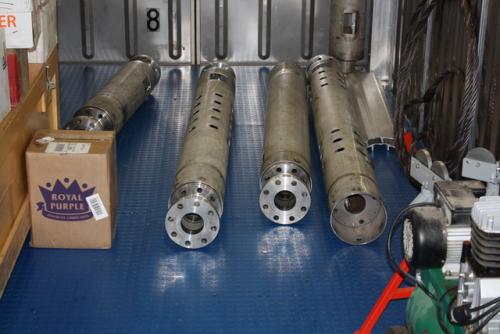
If you look closely at the picture, you can see that some of our “test tubes” are still in there. They are 15 to long, eight inches in diameter, and weigh between 50 and depending on what is in them. When joined together, all the pieces will make what is called a tool string that is about long (a tool string is a set of instruments that take measurements in the drill hole.) The picture below shows the tool string all bolted together when it was being tested at Lake Tahoe.
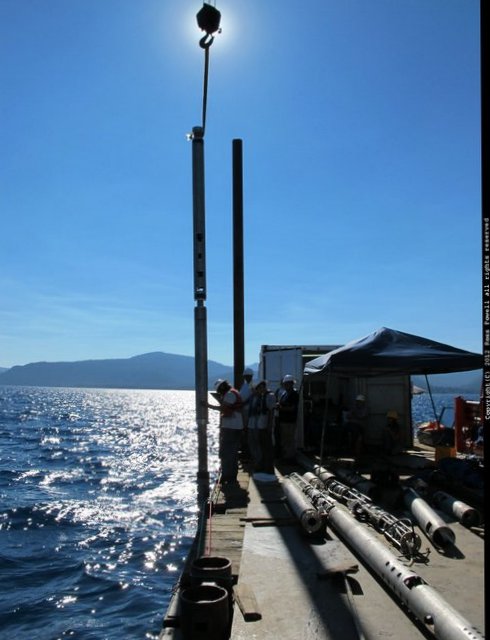
(Prize Opportunity!)
If you are one of the classrooms following this journal, go to “Ask the Team” and put in an entry that gives the location of Lake Tahoe – it must include the state and the name of the mountain range the lake is in. Whatever class gets their entry in first will get a prize mailed from Antarctica. Include your school address.
Back to the Story
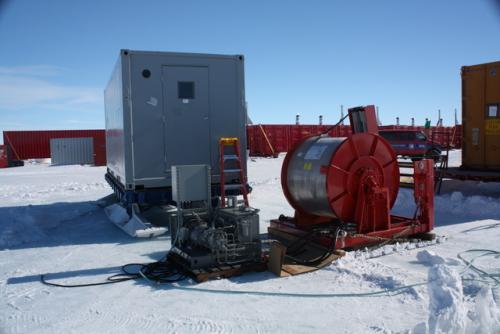
The data that the instruments inside the pipe collect are gathered by a series of computer programs. The project programmer John Winans and graduate student Tim Hodson are doing the programming needed to collect the data and save it for later analysis. This data is the real product of the project, not the hole that will get drilled into the ice. The hole simply gives access to the lake under the ice so the testing can be carried out.
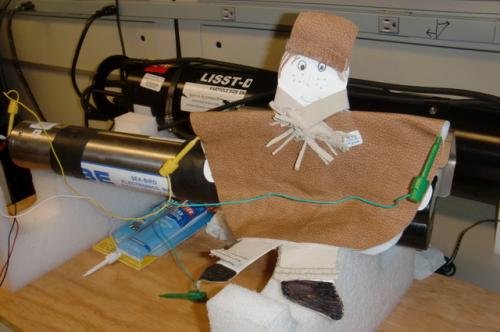
Meanwhile, back in the container…
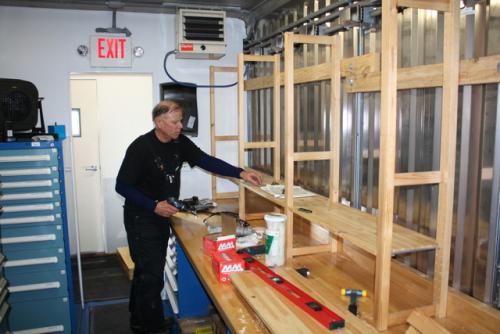
I spent the afternoon working in the instrument container. Dr. Powell and I did carpentry, installing shelving over the workbenches and helping Mike Osment get racks set up on the side to hold some of the pipe that we took out of the other container. We also hooked up the winch that will be used to lower the test instruments into the drill hole. The winch had come in on Saturdays C-17 flight. While we were working, crews were working on the ice, moving snow out of the way so they could hook up tractors to move the equipment to our test drill spot. The move will take place next week. It’s to a new location that is about away from where we are now.
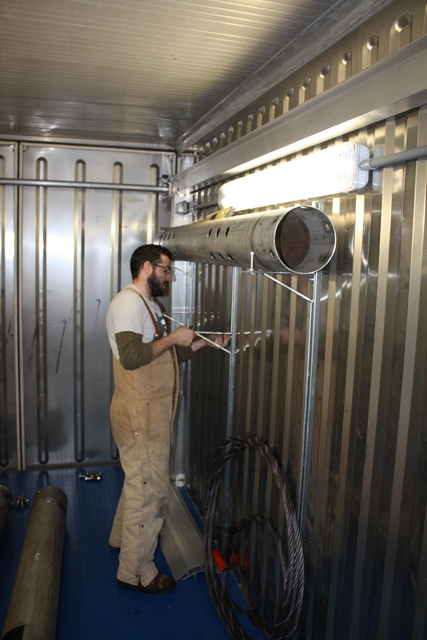


Comments